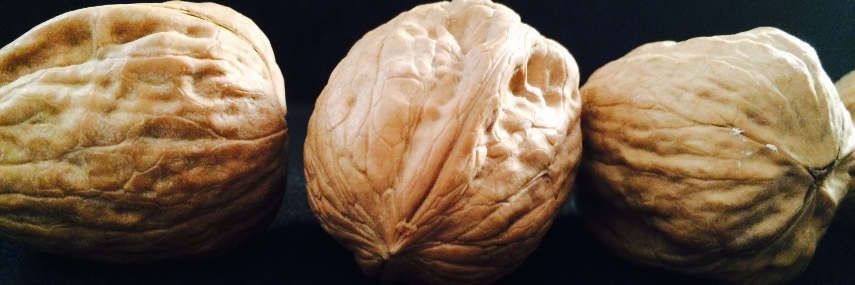
Previous posts in this series focused on the physical side of CRL: the five-million-volume-and-growing shared CRL collections and the four-story, 126,000 square foot building housing those collections and CRL’s operations. In recent years CRL, like many libraries, has been evolving from a largely print-based organization to one that trades heavily in digital content and that deeply integrates digital technologies in its operations. CRL is now digitizing the shared collections, supporting digitization of related materials by partner organizations, and providing data and licensing support to help member libraries invest responsibly in licensed digital resources. These efforts are narrowly focused, concentrating CRL resources on historic CRL collection strengths to support research in a wide array of humanities and social sciences: newspapers and news reporting; primary law and government-related materials; historical serials in the fields of science, technology and engineering; and published materials relating to agriculture. While digital technology is a means to a variety of ends for CRL, all lines converge on serving the needs of scholars doing original research.
Much digitization of the shared CRL collections is done to fulfill requests from individuals engaged in original research. Scanning and web delivery make hundreds of thousands of pages of unique and fragile CRL materials newly available each year to working scholars on a 24/7 basis, preventing the damage or loss of these materials through transport.
Subsidizing digitization of related materials by area studies and other special interest programs working under the CRL umbrella, CRL leverages the expertise of veteran language and area specialists at U.S. and Canadian research universities. Latin Americanists like Harvard’s Dan Hazen, Chicago’s South Asian specialist James Nye and Princeton’s David Magier, and Yale’s Rich Richie are a few of the many individuals who have guided and championed this work over the years.
The Global Resources Law Partnership and funding from the Carnegie Corporation of New York are providing new resources that enable CRL libraries to open a wealth of uncommon primary source materials in the fields of law, civil society, and human rights to students and scholars. CRL thus deploys the expertise and energy of individuals within the CRL community, and the resources and capabilities of other like-minded organizations, to expand digital access for researchers.
All of this activity has created a wealth of digital resources -- but no single digital library like the Library of Congress’s American Memory, HathiTrust Digital Library, or the Digital Public Library of America. That is intentional. To reward the libraries that support CRL’s work, most CRL digital resources are available only through those libraries. Restricting access to the CRL community also helps limit the risk of copyright infringement, as most materials in the shared collections were published within the last 150 years, and enables us to make available material that may be too sensitive for the open Web.
One thing common to all of these digital resources, however, is that they are generated through digitization of original materials that exist in either print or microform. In almost every instance, the original “source” materials, whether paper or microform, are retained by CRL indefinitely, and so are readily available for rescanning when and if that becomes necessary. In cases where the source materials digitized are not under the direct control of CRL, the custodial organization is bound by a written agreement to retain those source materials under archival conditions.
In licensing commercial databases for member libraries, CRL concentrates its efforts on the same areas of longstanding collections strength: news, government records and information, and economic, political, and historical archives. But tactics necessarily differ. Efforts here focus on negotiating the most favorable terms for electronic access, in the way of cost and quality. But CRL also endeavors to ensure the comprehensiveness and long-term integrity of the digital materials licensed. That is part of CRL’s long game.
The growing digital side of CRL is a complex and multifaceted enterprise. But it provides a unique and ever-expanding pool of primary source materials for researchers through CRL libraries.
This entry is part of the "CRL in a nutshell" series. Additional entries from this series are available here.
Bernard F. Reilly
President (2001-2019)
Center for Research Libraries